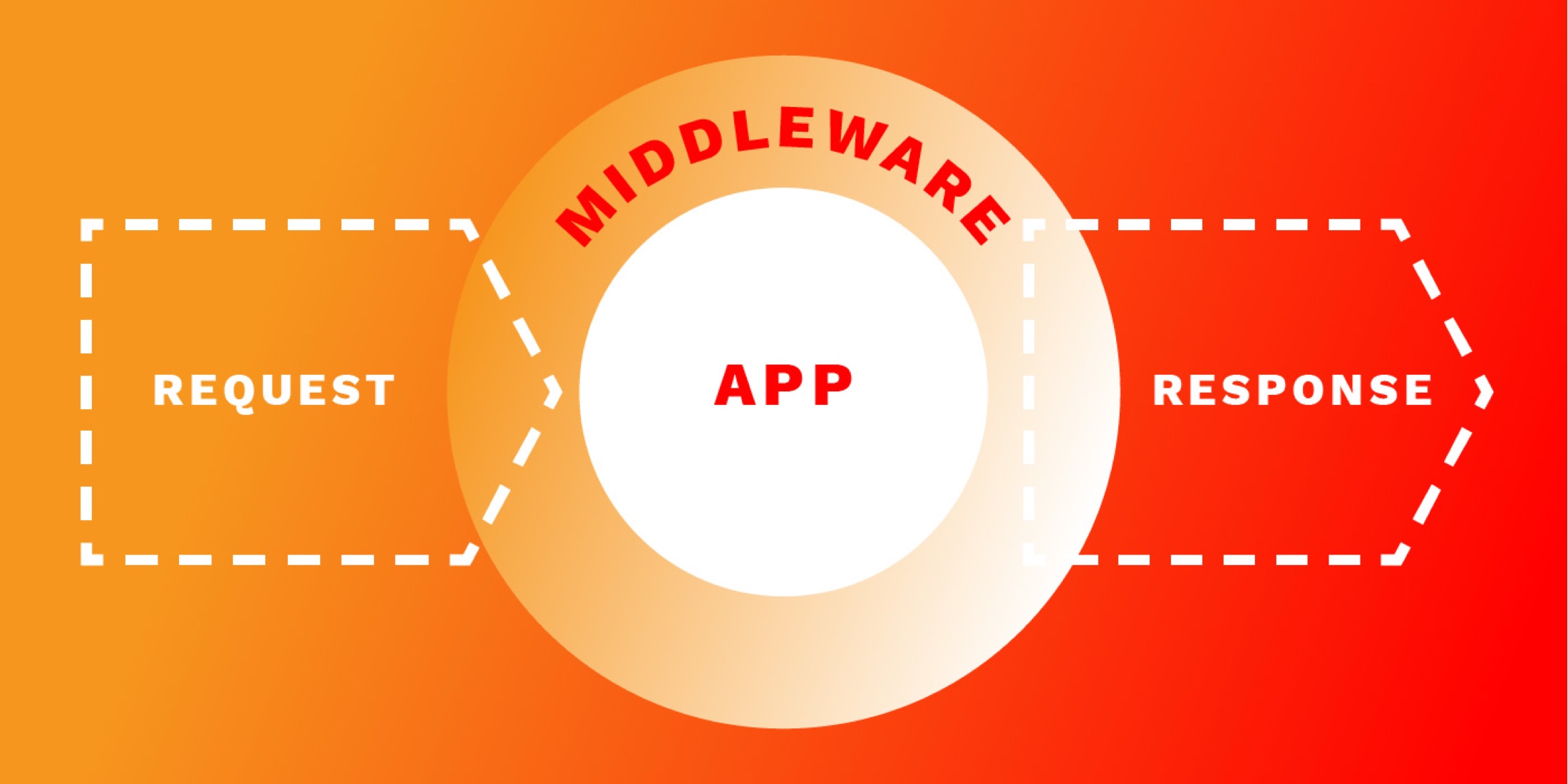This is a sponsored post by Scout Application Monitoring.
When it comes to web development, middleware is often the key to ensuring everything connects up – even if some of the pieces don’t always match up. HTTP Middleware is a mechanism used to filter HTTP requests coming into your web application conveniently.
When it comes to PHP, frameworks often help us get our applications to handle workloads vanilla PHP might have a harder time managing. Frameworks help to maintain the underlying structure of an application while supporting existing PHP standards.
Of those frameworks, Laravel is a standout. Laravel is a RESTful PHP framework with a vast community using the classic MVC (Model-View-Controller) concept popular in other web frameworks.
Combine the power of PHP, Laravel, and some excellent middleware, and you are likely to gain performance and response from even the most legacy web application.
The primary use case for adding middleware to your Laravel setup is to handle tasks the main framework doesn’t need to focus on, isn’t capable of handling, or isn’t the best at processing. Some examples of this might include authentication (a middleware layer to do so is built into Laravel), API requests, locale services, and other non-essential jobs.
To build middleware to a Laravel environment is fairly straightforward. Using the artisan CLI tools built into Laravel, we can run the following commands:
php artisan make:middleware FormalTimeoutThis will create a class in the app/Http/Middleware folder. Once we have that, we can begin editing the file.
public function handle($request, Closure $next){ throw new HttpException(504)}With this setup, we can inform people as necessary when they hit a 504 code (a Gateway Timeout) and choose to render a more pleasant message than a blank browser. This may not be the most intense use of middleware, but it gives you the idea of how easy it can be to create.
Once created, we need to register the middleware so our application will recognize it. To do this, we add the middleware to Kernel in the class middleware as follows:
protected $middleware = [ ... \App\Http\Middleware\FormalTimeout::class];This includes it as part of the application, though we want it to be limited to when we need it for our specific routes. To name the middleware, we’ll need to add the key property to the $routeMiddleware array.
protected $routeMiddleware = [ ... 'formal.timeout' => \App\Http\Middleware\FormalTimeout::class ...];Finally, for the most basic use case, we need to point out which route the middleware we’ve created works with. We’ll need to add the route::get parameter to the array containing the properties and closures processing the particular route
Route::get('posts/{thething}', ['middleware' => 'shall.not.pass', function() { return "Here there be dragons (but not the resource you are looking for)";}]);This ensures people will only see our formal response for timed out requests when they are hitting the 'thething' functionality.
While this isn’t the most useful way to take advantage of middleware, it does give the impression of how easy it is to add to your Laravel environment. Try out some techniques to improve the performance of your application and find new ways to push PHP and Laravel to the extreme!
Additionally, Scout has some middleware libraries you can spin up into your Laravel environment. And of course, you can use Scout to monitor Middleware performance – leveraging even more for the most performant PHP application possible!

Eric is the creator of Laravel News and has been covering Laravel since 2012.











